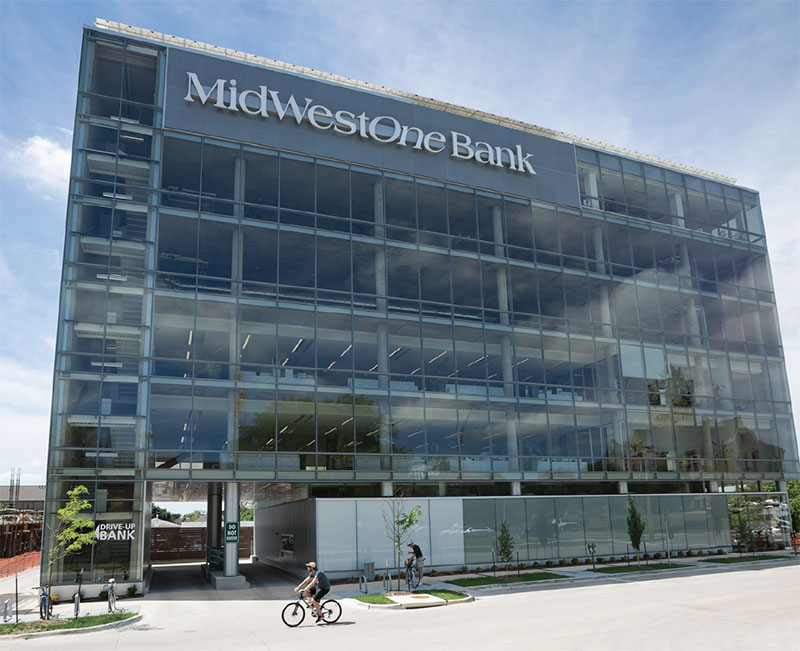By Scott Bushkie / Guest Column
When buyers acquire a company in the middle market, most times they expect some level of working capital to be included in the business. Working capital can generally be defined as accounts receivables, plus inventory, minus accounts payables.
If a buyer offers a purchase price of $10 million and you have, on average, $800,000 in account receivables, $600,000 in inventory and $400,000 in accounts payable, that’s generally all included in the sale. (Most times, cash is excluded.)
When we see sellers who have retired their bank debt and are doing well, it’s common for them to get a little lax in their collection practices. They’re getting paid in 45 days or 60 days, and they’re OK with it. These same businesses are often the ones who pay off bills right away, and they carry a lot more inventory than they really need.
Your working capital is like gas in your car. Establish a habit of fast payment, slow collections and excess inventory, and you’ve basically turned your well-oiled machine into a gas guzzler. Go into a sale in this condition and you’re basically giving away money.
When it’s time for a sale, the buyer is going to look at your business and calculate what they need to cash flow for the near-term. They’ll assume the account payables, but they’re going to want account receivables to cover any upcoming cash flow needs. (Keeping any of those receivables requires negotiation at the deal table.)
Now let’s say you increase your account payables up to $500,000, because you’re using your vendors’ money better. You get more assertive about collections and get your receivables down to $600,000. Plus, you’ve whittled down your inventory to about $400,000.
Now you’ve got a fuel-efficient car. The business will still sell for the same amount of money, as most business values are based on cash flow or normalized EBITDA, but you’ve basically put an extra $500,000 in your pocket because those funds are now sitting on your balance sheet as cash, instead of working capital. That could go a long way toward living the retirement lifestyle you want or it could allow you to do something extra for the kids or grandkids after a sale.
Plan ahead and get control of your working capital at least a year prior to sale. Working capital targets are often based on monthly averages for the last year or two. I’ve also seen working capital negotiated based on a reasonable operating cycle.
Working capital can be a sticking point in negotiations, so the sooner you minimize working capital the better. By doing so, you avoid having to make difficult adjustments at the negotiation table.
Businesses should also beware of overstating working capital by accounting for uncollectible accounts receivables or slow inventory. If the business has not accounted for these items, buyers will find them in due diligence and expect a purchase price reduction.
Scott Bushkie is principal of Cornerstone Business Services, an M&A advisory firm with offices in Wisconsin and Iowa. He can be reached at (920) 436-9890 or [email protected].







